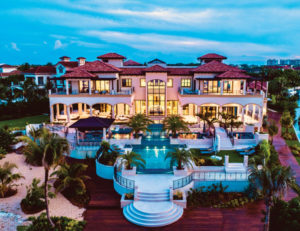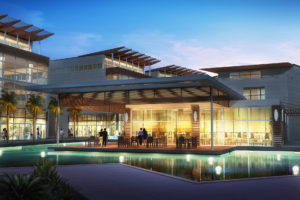
How has the pandemic impacted architecture and design?
How has the pandemic impacted architecture and design?
The ongoing Coronavirus pandemic continues to show us the importance of our immediate environment. People all over the world have realized rather quickly whether their space at home or at work was safe and usable, or not. The pandemic and the rules which have been laid out have highlighted and inadvertently scrutinized our immediate context. This context being the home, the workspace and the public realm. Architects around the world receive more and more requests to renovate their homes to adapt to the new environment.
The main point of Architecture is to provide habitable spaces for people that are comfortable, secure and functional. The pandemic tested these criteria to the maximum and tested people’s adaptive abilities.
Architects around the world receive more and more requests to renovate their homes to adapt to the new environment. The home suddenly became a gym, social area, office space, storage unit, living space and fortress of paranoia overnight with lockdowns occurring left right and centre. For some, this will have been an easy transition, as they nestle into what may have already been a familiar routine with a home to complement this. However, for others, this will have been a shock and stark wake-up call to how poorly equipped or oppressive their immediate spaces are.
So how will issues found in the home affect Architecture and Design going forward?
For new homes, it is unclear whether the predominantly private sector of house builders will change their tune to adapt homes for increased home working and use. It seems as if the home typology becomes similar to small home designs; multi-use and flexible.
A design is usually based on an immediate need, the adaptation will come with demand or pressure from the pandemic or subsequent pandemics. How will our lives in Cayman change once we open the borders? Will there be more tourists using mopeds rather than public transport? Changing the transporting systems will have an indirect effect on Architecture. Suddenly more motorbikes/moped parking areas may be required. Will our offices be relocated to our homes?
Face masks for example are an adaptive piece of design, which until recently were required by law to wear in public places. This changed the way we would enter and inhabit public space as it was the law to do so. What we can touch and what we should avoid? Should Architects look more into motion detection devices or devices to foot-opening doors?
Should Architecture inhabit the same distancing barriers a facemask provides? Blocking, Diffusing, Re-directing, and controlling space.
Architecture can be more generous, airier, have better light. It can pop up and be put down in a field for an outdoor class. It can open up and shut down, section off and dictate space visually and physically. It’s not a question of if it can as design can always shift. The question is how far are governments willing to instigate change in a legislative sense to implement the adaptations in the wider construction industry. Whether a developer takes an independent view and decides is questionable, it can be hoped that new standards set in law are enacted so that design can act. Without a framework and set of rules that promote change or have practices that practice new ways then it will be business as usual and the same problems will continue to occur. It is up to us as individuals, then as a group to make a change.


